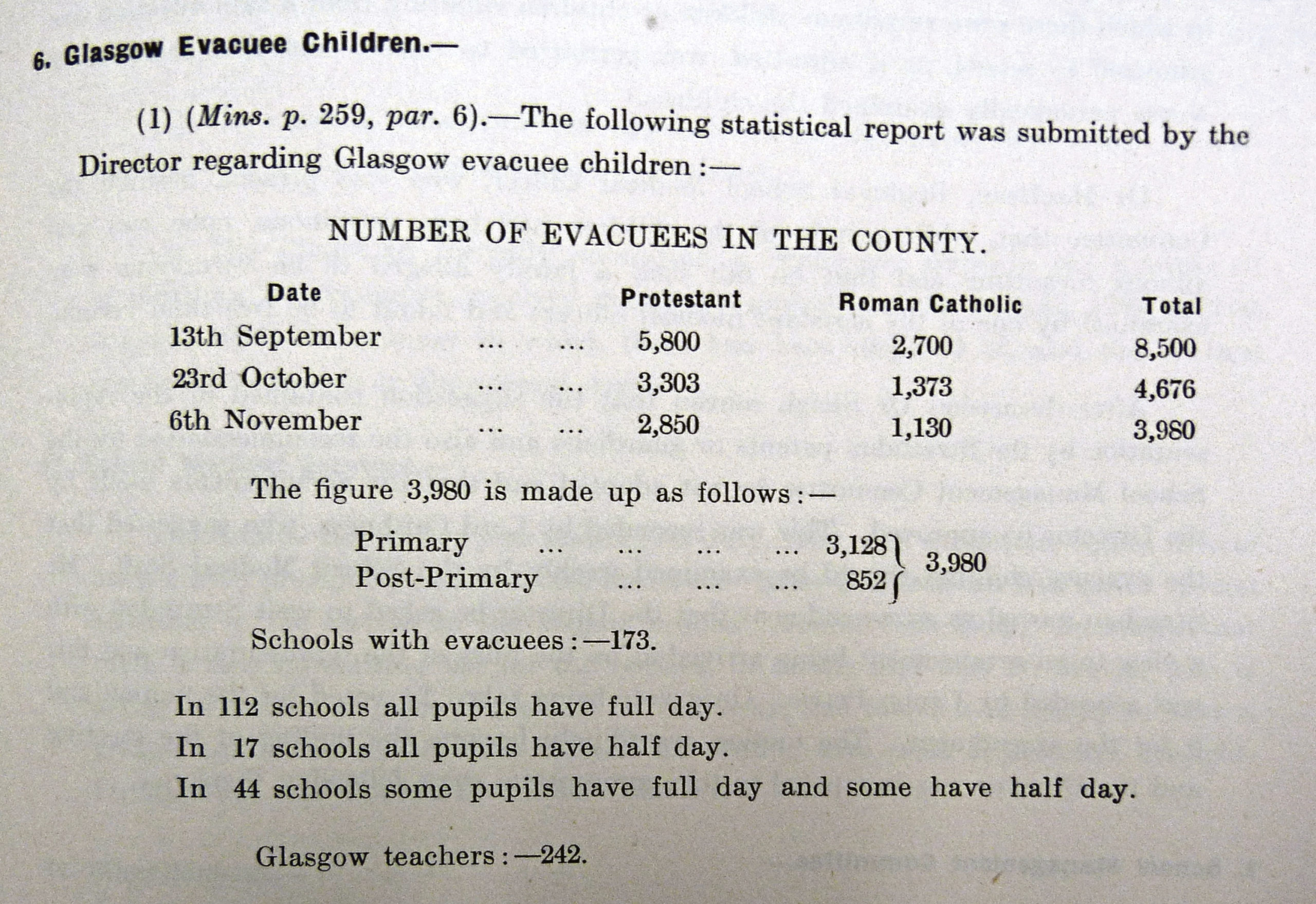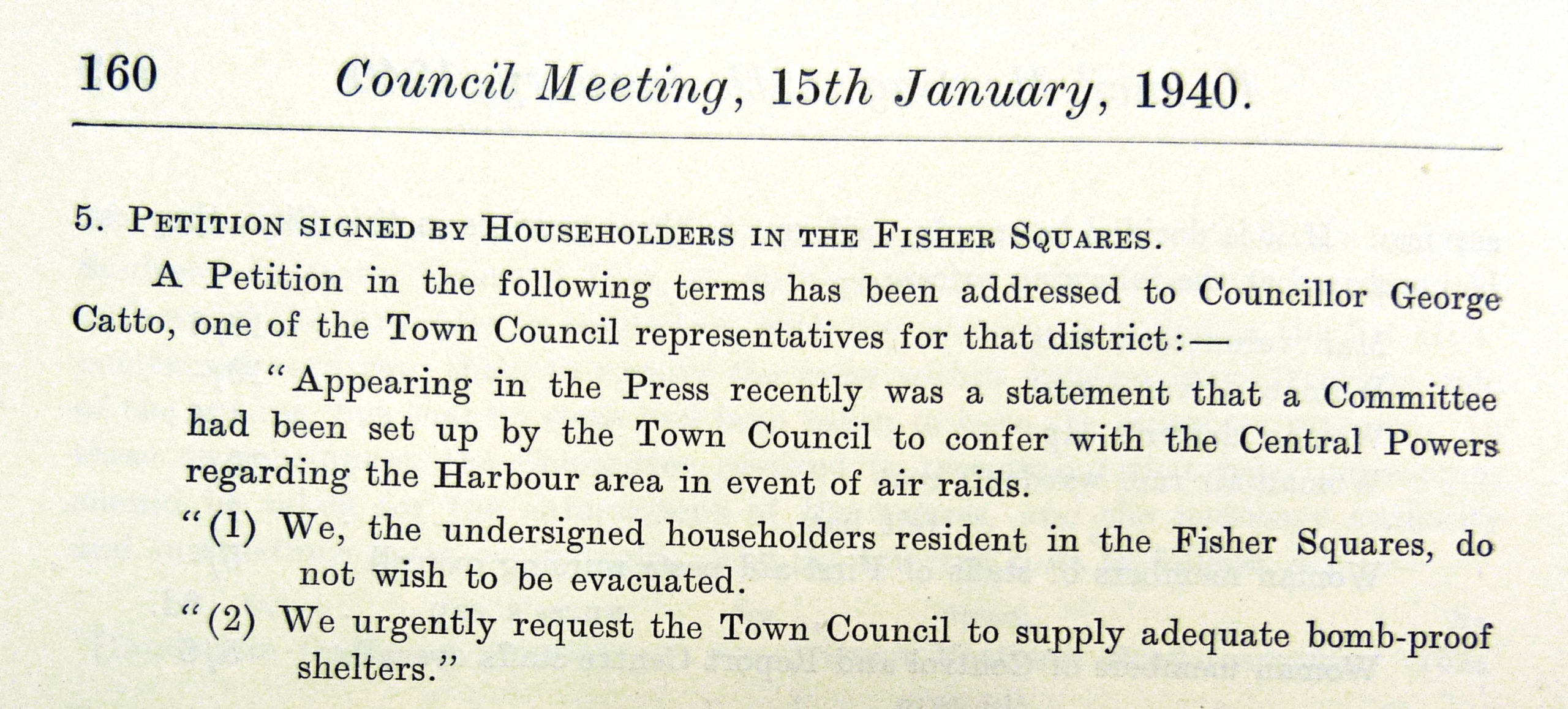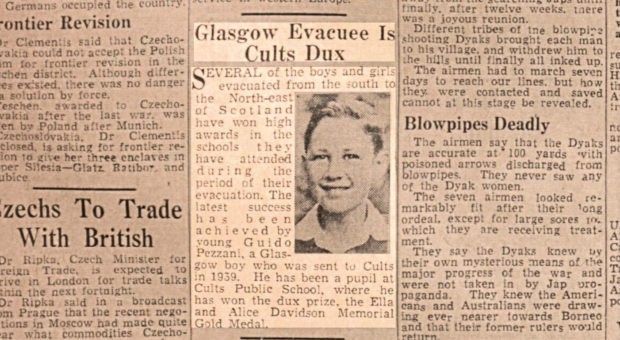September saw the 80th anniversary of the Second World War evacuation programme. Planning for Operation Pied Piper began in the summer of 1938 by the Government’s Anderson Committee.
The scheme divided the country into three categories: towns at serious risk of bombing or invasion which would be evacuated; safe areas that would receive evacuees and neutral areas which would neither be evacuated nor receive evacuees.
Aberdeen was – somewhat controversially – classified as a neutral area. Aberdeen, Kincardine and Banff Counties were classified as reception areas. In Scotland, the evacuation areas were Edinburgh, Rosyth, Glasgow, Clydebank and Dundee (Queensferry, Greenock, Port Glasgow and Dumbarton were added later).
Aberdeen’s town council and its residents expressed concern about the decision not to evacuate the city.

The council repeatedly asked the Department of Health for Scotland to reclassify it, particularly the area around the harbour.
However, in December 1939, residents of Footdee petitioned the town council, requesting they should not be evacuated.

The Department for Health did act on the town council’s concerns: Kincardine’s public health committee were asked what provision they could make in the case of a panic evacuation from Aberdeen. Billeting officers reported that temporary accommodation for 800 could be found. Air raid registers held by the archives show that the north-east suffered its share of air raids during war, with 125 people killed in Aberdeen in one raid on April 21 1943.
Evacuees began to arrive in the north-east at the start of September 1939, with the Press and Journal of September 2 reporting that 12,000 children from Edinburgh, Glasgow and Dundee were to be received in the north-east. Evacuees from Edinburgh were sent to Banffshire, and from Dundee to Kincardineshire. Aberdeen County’s Education Committee reported that 8,500 children from Glasgow had been accommodated in 184 schools.
Log books in the archives record evacuee children joining schools across the north-east. Cults School’s log notes that 300 pupils from St Mary’s RC School, Glasgow, arrived two days before the outbreak of war.
However, as the autumn term went on and the expected bombing failed to materialise, many evacuees returned home: only 85 remained at Cults by the end of 1939, and nine by the start of 1941.
There were some issues with evacuees and host communities: Kincardine County complained to Dundee and the Department of Health about the “verminous condition of many of the children”.
Moving from inner-city Glasgow to rural Aberdeenshire must have been a shock to evacuees, but some thrived in their new environment: an evacuee child was made Dux at Cults in 1945.
- Aberdeen Art Gallery (reopening Saturday November 2 2019)
- Aberdeen Maritime Museum (open 7 days, admission free)
- The Tolbooth Museum (open 7 days, admission free)
- Aberdeen Treasure Hub Museum Centre, for visiting information go to
www.aagm.co.uk - Keep up to date with all the latest news from Aberdeen Art Gallery & Museums by signing up to our e-newsletter at www.aagm.co.uk/mailinglist
- Follow us on Facebook, Twitter and Instagram @AbdnArtMuseums

